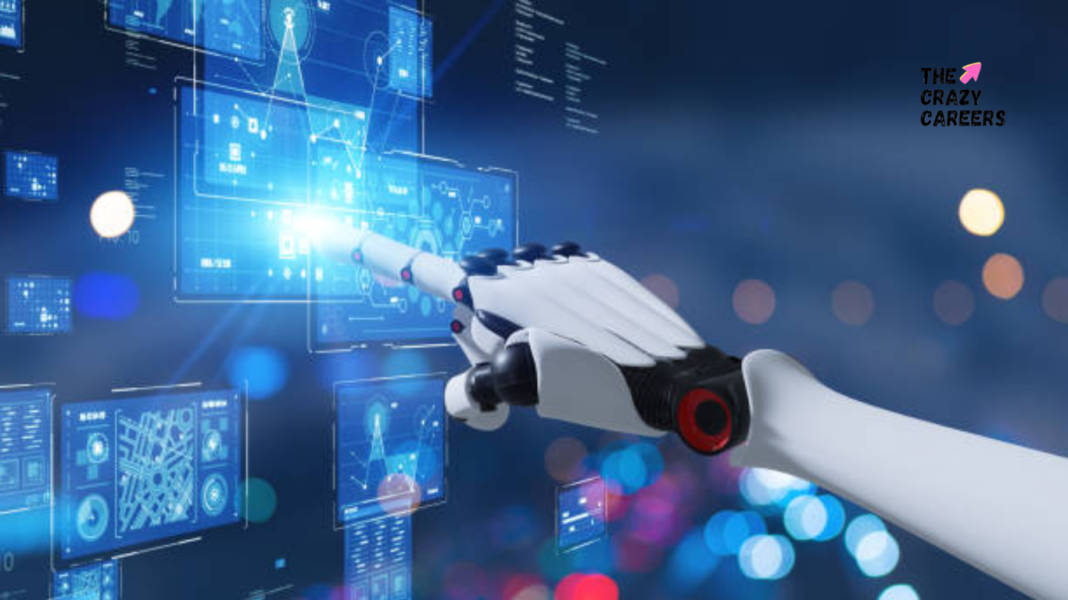In recent years, educational institutions have increasingly found themselves in the crosshairs of cybercriminals. With their extensive repositories of sensitive information and often insufficient cybersecurity measures, schools and universities are prime targets for cyberattacks. The rapid shift to digital learning, hastened by the COVID-19 pandemic, has only heightened these vulnerabilities. However, advancements in Robotic Process Automation (RPA) and Artificial Intelligence (AI) are proving to be game changers in fortifying these digital defenses. This article delves into the key cybersecurity challenges facing educational institutions, current market trends, and how RPA and AI are revolutionizing the fight against cyber threats.
Major Cybersecurity Challenges for Educational Institutions
1. Data Breaches and Unauthorized Access
Schools and universities store vast amounts of sensitive information, from student and staff personal details to confidential research data. This makes them attractive targets for cybercriminals. A breach can lead to identity theft, financial losses, and severe damage to an institution’s reputation.
2. Phishing and Social Engineering
Phishing scams, where attackers deceive individuals into divulging confidential information, are rampant in educational settings. These attacks exploit varying levels of cybersecurity awareness among students and staff, making schools susceptible to data theft and malware infections.
3. Ransomware Attacks
Ransomware, which involves locking up data and demanding a ransom for its release, poses a significant threat to educational institutions. These attacks can cause major disruptions, leading to extended downtime and substantial financial losses.
4. Inadequate Cybersecurity Infrastructure
Many educational institutions struggle with limited budgets and a shortage of skilled IT personnel, hindering their ability to implement robust cybersecurity measures. This lack of resources leaves them vulnerable to cyberattacks.
Also Read | Critical Thinking & Problem Solving Skills in Students: Need of the Hour
Market Trends and Statistics of Robotic Process Automation and AI
1. Surge in Cyberattacks
In the first half of 2022, educational institutions faced an average of 2,297 cyberattacks per organization each week, marking a 44% increase from the previous year. This highlights the critical need for stronger cybersecurity measures.
2. Cost of Data Breaches
In 2021, the average cost of a data breach in the education sector was $3.79 million, covering detection, notification, response, and lost business.
3. Adoption of AI and RPA
The use of AI and RPA in cybersecurity is on the rise, automating threat detection, response, and mitigation to enhance the efficiency and effectiveness of cybersecurity efforts.
Role of RPA and AI in Strengthening Cybersecurity
1. Automated Threat Detection and Response
AI systems analyze large data sets to detect real-time anomalies and threats. Machine learning identifies malicious patterns, while RPA automates response processes, reducing mitigation time and human error.
2. Enhanced Data Protection
AI-driven encryption and RPA secure sensitive data by automating encryption processes, minimizing unauthorized access risks. AI also monitors data access and flags suspicious activities.
3. Phishing and Social Engineering Defense
AI develops advanced email filters to block phishing attempts by analyzing email content for phishing indicators. RPA updates security protocols automatically, maintaining robust defenses.
4. Continuous Monitoring and Risk Assessment
AI and RPA facilitate continuous network monitoring and regular risk assessments. AI predicts vulnerabilities and recommends proactive measures, which RPA implements to keep cybersecurity infrastructure current.
Case Studies
University of California, Berkeley
UC Berkeley leverages AI-driven cybersecurity to protect its digital infrastructure. Machine learning algorithms enable real-time threat detection and response, significantly reducing data breach risks.
Massachusetts Institute of Technology (MIT)
MIT uses RPA to automate routine cybersecurity tasks like patch management and system updates. This automation frees up resources for advanced threat detection and response, enhancing overall cybersecurity. By integrating RPA and AI, educational institutions can bolster their cybersecurity measures, ensuring sensitive data remains protected and operations continue smoothly despite the evolving threat landscape.
Attention: This article has been authored by Saurabh Gujral, Sr. Product Manager,
Compunnel Inc. Saurabh Gujral is a recognized industry expert in Robotic Process Automation (RPA), leading cutting-edge initiatives in digital transformation and cybersecurity at Compunnel. With over a decade of experience in the technology sector, Saurabh has a proven track record of implementing innovative solutions that significantly enhance organizational security and operational efficiency. His expertise extends to leveraging AI and automation to revolutionize business processes.



